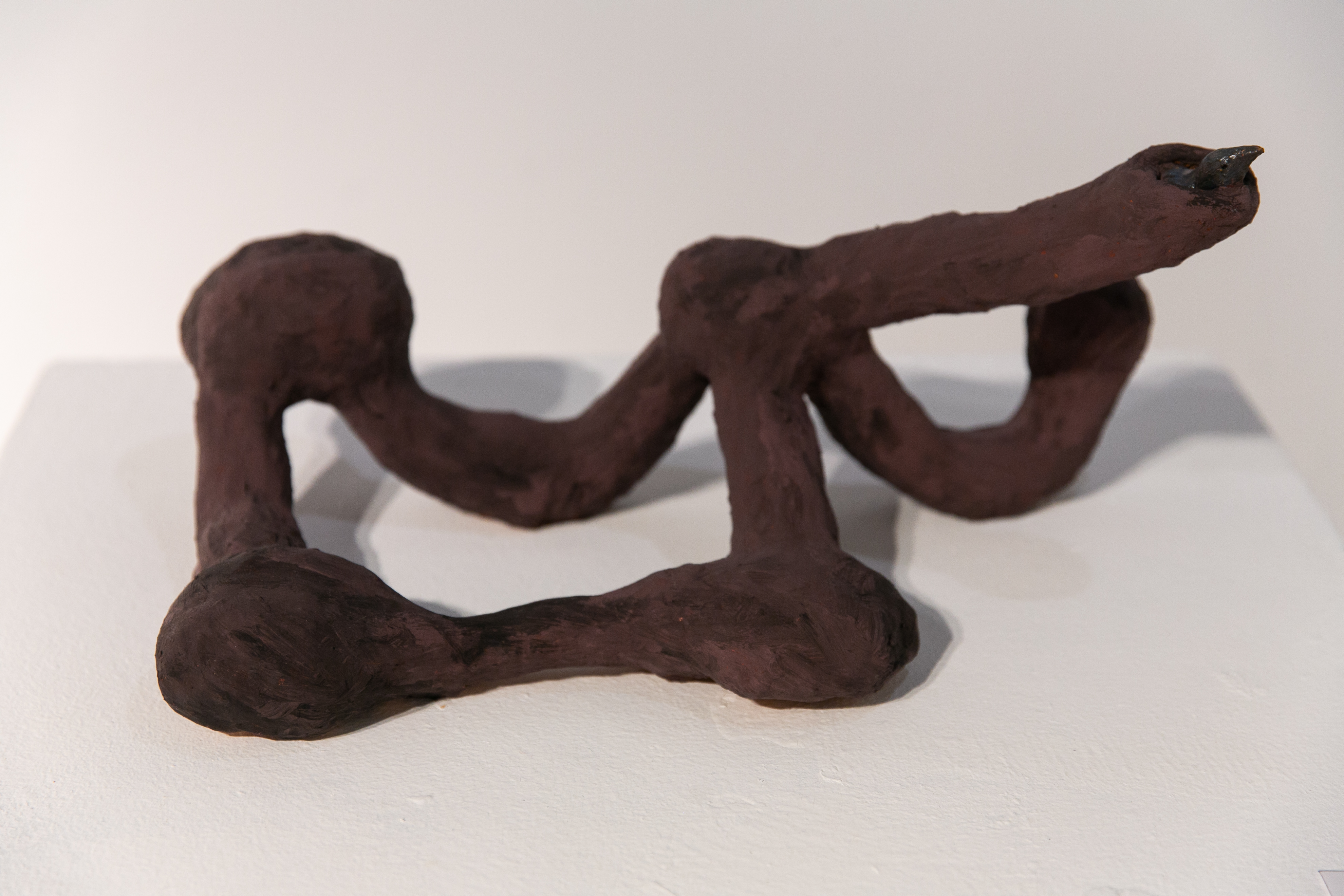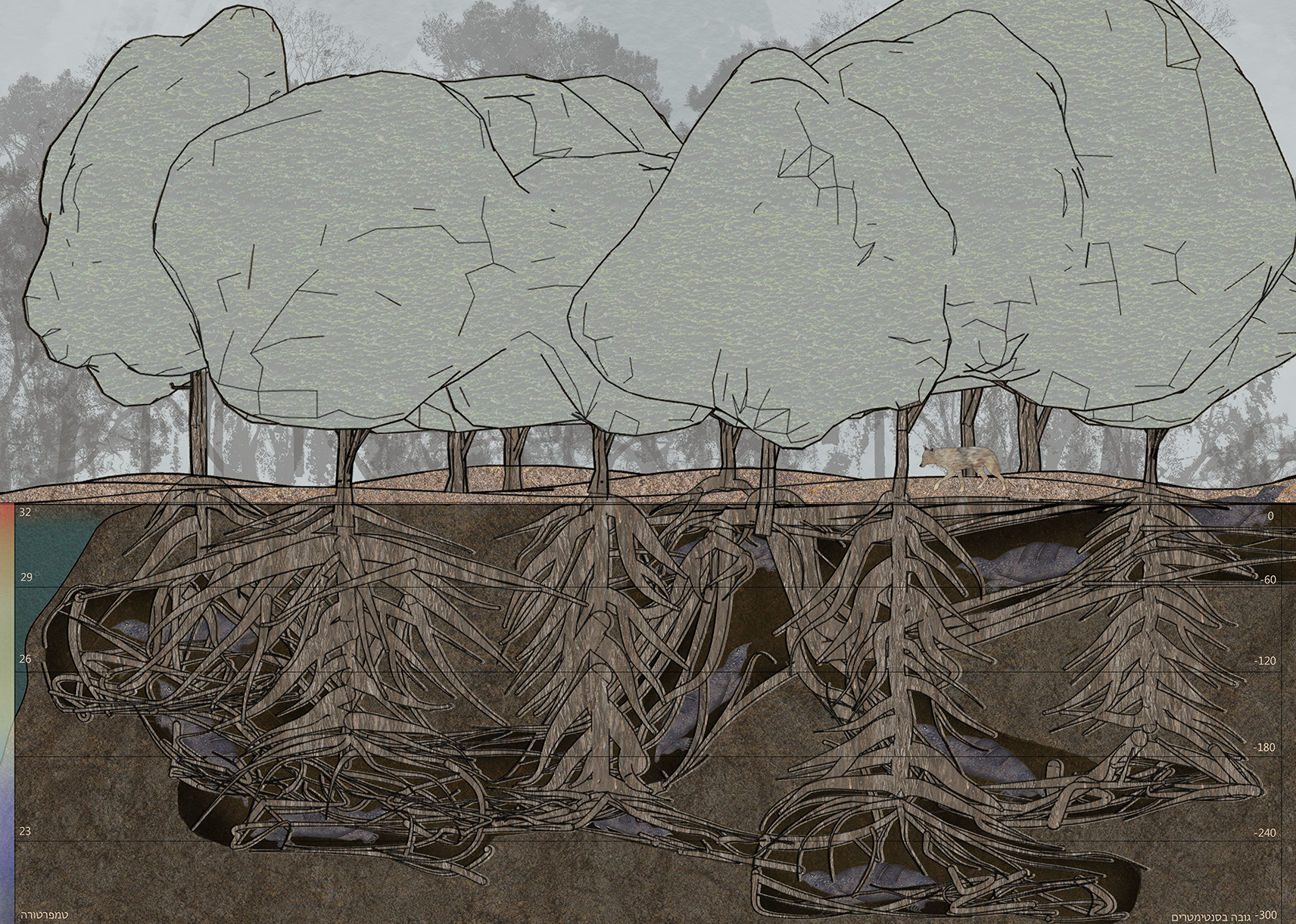The softshell turtle is an omnivorous
reptile with a lifespan of 25-50 years. It can grow to 1.2 meters in length
and has a flexible soft carapace covered in skin. The shape of its body makes
it well suited to living in rivers. It can thrive in both freshwater and
saltwater environments and is known for its excellent swimming ability. The
softshell turtle is ectothermic, meaning its body temperature changes
depending on the surrounding environment. It is critically endangered.
With the east side of the Yarkon River
(near Seven Mills) drying up each year and with the rising temperature of the
river’s water (now saltwater), the softshell turtle will lose its ability to
cool down in the river. To survive in these new conditions, the turtle will
leave the river and become a terrestrial species. It will develop the ability
to burrow underground in search of cooler, safer places to hide from the increasing
number of jackals and protect the eggs laid by the female turtle.
|
|



